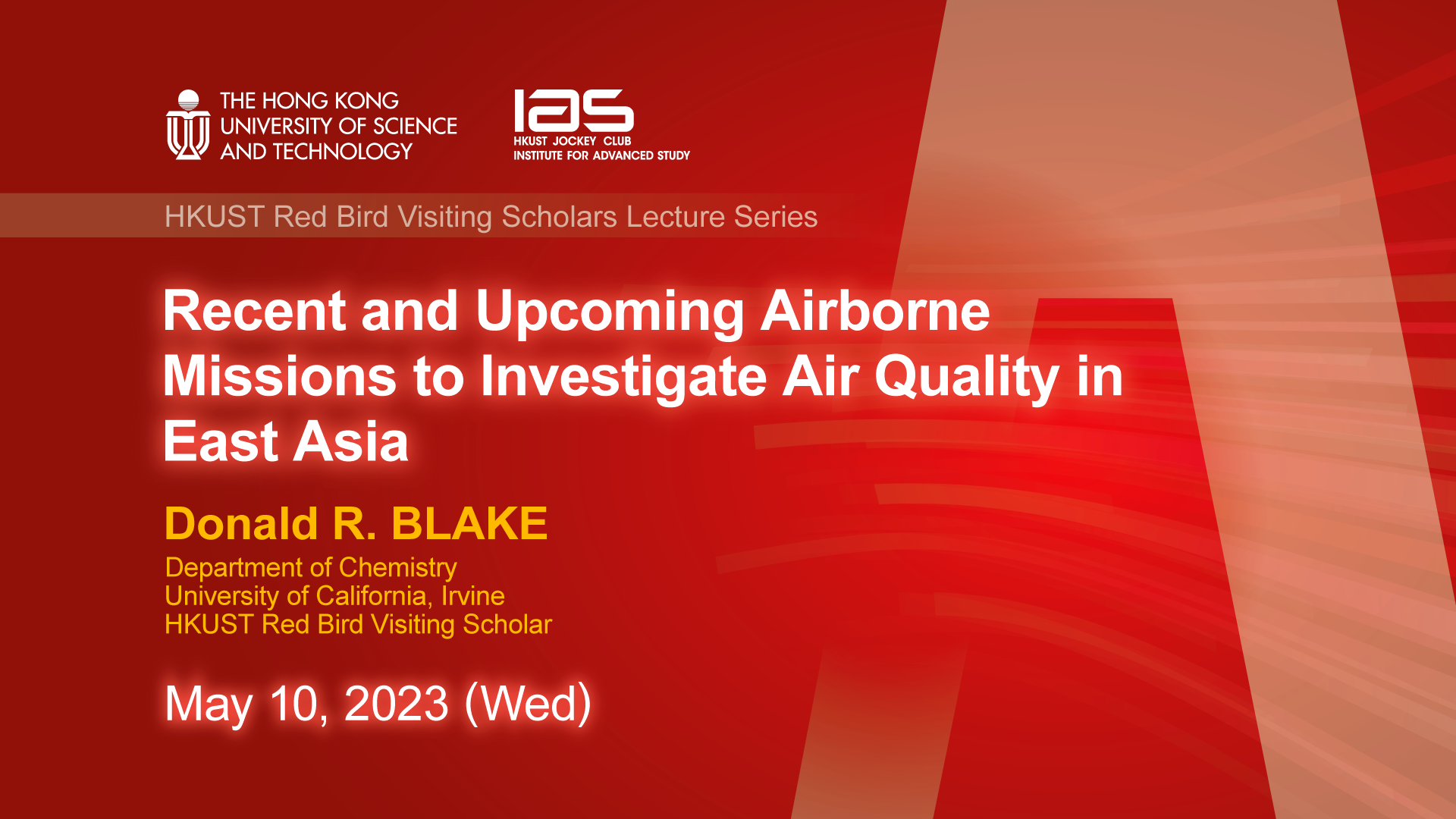Recent and Upcoming Airborne Missions to Investigate Air Quality in East Asia
Abstract
Air pollution is an environmental and human health concern throughout the world. The characterization and evolution of air pollution in East Asia have been monitored through a combination of surface, airborne, ship-based, and satellite platforms. Surface measurements, combined with source profiling and source apportionment studies, have identified major sources of important ozone precursors in urban areas, including volatile organic compounds (VOCs) such as toluene (solvent sources), ethene (traffic sources), i-pentane (gasoline evaporation), and propane and butane (LPG). Airborne campaigns have provided comprehensive overviews of air pollution at a given moment in time. The 2016 Korea-United States Air Quality Study (KORUS-AQ) provided an unprecedented perspective on air quality in South Korea based on a three-aircraft campaign supported by ship-based measurements, surface measurements at local supersites, air quality forecast models, and satellites. New satellite assets enhance the global observing network. The Geostationary Environment Monitoring Spectrometer (GEMS) satellite launched by South Korea in 2020 monitors air pollution on an hourly basis for more than a dozen countries, ranging from India to Japan (west-east), and China to Indonesia (north-south). The Speaker will present highlights from the 2016 KORUS-AQ campaign and preview the upcoming 2024 Airborne and Satellite Investigation of Asian Air Quality (ASIA-AQ) campaign. ASIA-AQ represents a return to South Korea in February 2024, eight years after KORUS-AQ, with a possibility to sample other countries in the region. Supported by NASA, ASIA-AQ will conduct airborne sampling in Asia in collaboration with local scientists and air quality agencies. ASIA-AQ is integrated with the Korean Satellite Integrated Joint Monitoring of Air Quality (SIJAQ) program.
About the Speaker
Prof. Donald R. Blake received his BS in Chemistry from University of California, Los Angeles (UCLA) in 1978 and his PhD in Chemistry from University of California, Irvine (UCI) in 1984. During his graduate studies, he was mentored by Sherwood Rowland, who received the 1995 Nobel Prize in Chemistry for co-discovering that chlorofluorocarbons deplete stratospheric ozone. Prof. Blake joined the UCI faculty in 1985 and has led or co-led the Rowland-Blake group since 1998. His research focuses on atmospheric trace gases that contribute to climate change, stratospheric ozone depletion, and urban air pollution. His group has monitored global trace gas levels since the 1970s and has participated in regional NASA airborne missions since the 1990s, in which instrumented research aircraft survey atmospheric pollution in different locations. His group also regularly studies air quality in cities around the world, with the aim of identifying specific emission sources that contribute to poor air quality. Prof. Blake has received numerous research and teaching awards, including the American Chemical Society Award for Creative Advances in Environmental Science and Technology (2013), the California Air Resources Board Haagen-Smit Clean Air Award (2014), and Tolman Award (2021). He has published more than 600 research papers and is a Fellow of the American Association for the Advancement of Science (2008) and the American Geophysical Union (2009). He is currently a Distinguished Professor at UCI.
For Attendees' Attention
-
Seating is on a first come, first served basis.



